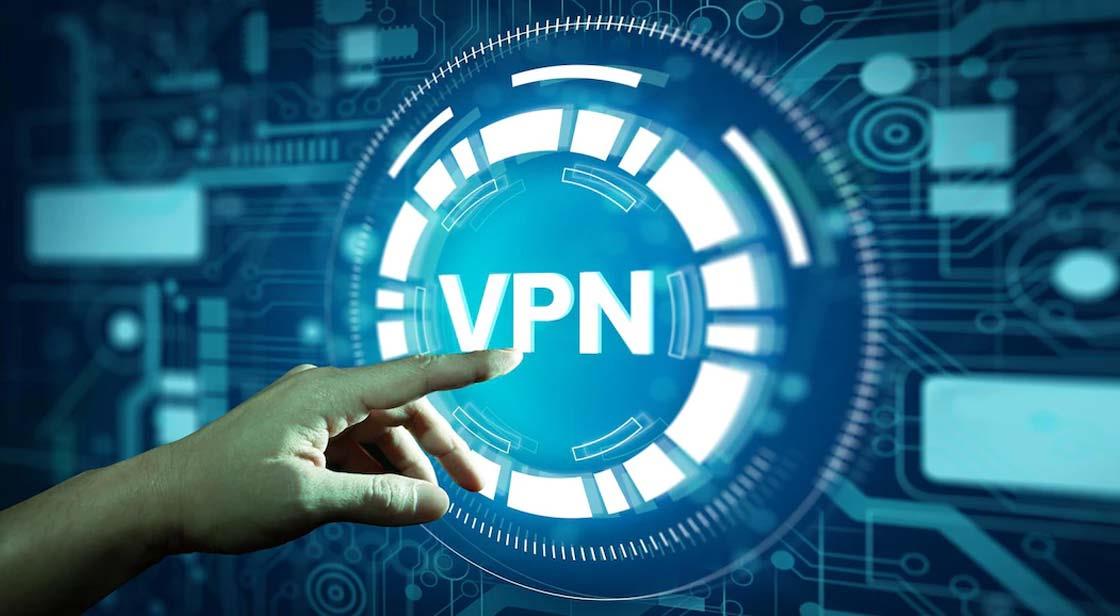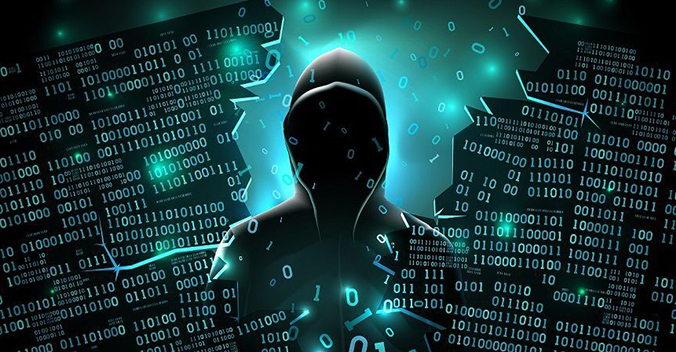Modern security tools keep on working in their capacity to shield associations' organizations and endpoints against cyber criminals. But hackers can still make a way in. Security inspections must be capable of preventing dangers and restoring specific tasks as fast as could be expected.
It requires not only having the suitable tools but also understanding how to effectively respond to incidents. An Incident Response Template can be customized to create a plan that encompasses roles and responsibilities, processes, and an action checklist.
Each security incident should be viewed as a learning opportunity that aids the organization in better preparing for future incidents and possibly even stopping them. The SANS Institute defines a framework comprising six steps for achieving a successful incident response:
- Preparation
- Identification
- Containment
- Eradication
- Recovery
- Lessons learned
While these phases follow a logical sequence, it may be necessary to revisit a previous phase to repeat specific steps that were initially performed incorrectly or incompletely. Therefore, it will surely slow down the incident response process. However, it is more crucial to thoroughly complete each phase than to attempt to speed up steps to save time.
Preparation
Objective: Make your team ready to effectively and efficiently handle events.
It is important for every person who has access to your systems to be fully prepared to handle incidents, not just rely on the incident response team. In response to incidents, the first and most important step is to educate, as human error is the main cause of cybersecurity breaches.
Generally, attackers are continually adapting their social engineering and spear phishing methods in an attempt to outplay training and awareness ambitions. While most individuals are now aware of the pitfalls of poorly written emails promising rewards in exchange for upfront payment, some individuals may still fall victim to off-hours text messages posed as urgent requests from their seniors.
In order to reflect these differences, you need to regularly update your interior design to reflect the newest styles and techniques. Regularly updating internal training programs to reflect the newest trends and strategies is crucial to consider these shifting tactics.
Also, you may take defensive actions fast, such as isolating machines, cutting them off from the network, and executing counteracting orders at scale, by using an endpoint detection and response, or EDR, platform, or extended detection and response (XDR) tool with centralized control.
Additional technology required for IR is sufficient storage to hold logs, files, and other data, as well as a virtual environment for their analysis. You will only require something, such as spreadsheets or a specialized IR documentation tool, for recording your incident findings.
Identification
Objective: Gather IOCs and determine whether you have been compromised.
Inner Identity
Through proactive threat-hunting exercises, alerts from one or more of your security products, your in-house monitoring team, or another employee of your organization may become aware of an event.
External Monitoring
By using threat-hunting strategies or security tools, a managed service provider or outside consultant can find incidents on your behalf. Another scenario is that an unusual conduct noticed by a business partner could point to a possible issue.
Disclosure of exfiltrated data
The worst-case situation is finding out that data has been put online or on darknet sites, only then realizing that an incident has taken place. If this kind of material contains private client information and the news reaches the media before you have a chance to organize a concerted public backlash, the consequences could be even worse.
Just the correct amount of notifications will be generated by a balanced security posture, allowing you to detect occurrences that warrant more investigation without experiencing alert fatigue. Security suppliers can assist you in striking the correct balance and, ideally, should filter warnings automatically so that your staff can concentrate on the important tasks.
You must record all indications of compromise (IOCs) obtained from warnings throughout the identification phase. These include compromised hosts and users, malicious files and processes, new registry keys, and more.
Containment
In retrieving data, containment is both a specific step and a technique.
There are distinct upshots for both short- and long-term phases in the containment process.
Short-term
This refers to actions you could do right away, such as turning off computers, unplugging gadgets from the network, and keeping a close eye on the threat actor's movements. Every one of these steps has advantages and disadvantages.
Long-term
To securely proceed to the eradication step, it is best to keep the compromised system offline. However, this isn't always feasible, so you might need to take further steps, such as patching, password-changing, stopping particular services, and more.
However, setting up a priority list for your essential devices, such as file servers, domain controllers, and to ensure they haven't been hacked, and backup servers.
Eradication
Objective: Ensure that the danger has been totally eliminated.
After completing the containment phase, you can proceed to the eradication step, which can be performed by either full disk reimaging, disk cleaning, or restoring to a clean backup. Likewise, cleaning includes removing or editing registry entries and erasing harmful files. Reimaging entails a system reinstallation.
The IR team should consult any organizational policies before acting, such as those mandating the reimage of particular workstations in the event of a malware attack. Additionally, documentation contributes to eradication, just like in previous steps. After the danger has been eliminated, you can run proactive scans on your systems to look for any traces of it.
Recovery
Objective: Return to regular activities.
This is where all of your efforts have led! When everything is back to normal, you are in the recovery period. At this stage, the most important choice is when to continue operations. Similarly, waiting for your company's off-peak hours or another quiet time may be necessary, although ideally, this may happen immediately.
Additionally, to make sure that the recovered systems are free of any IOCs, one last check is necessary. In addition, you must ascertain whether the underlying cause still persists and carry out the necessary remedies. You can set up preventative measures and keep an eye out for such incidents now that you are aware of them.
Lessons Learned
Objective: Record the events and advance your skills.
Now that you're safely past the incident, it's time to consider each significant investigative response phase and address important queries. Many topics and issues need to be examined; a few examples are provided below.
Identification
After the initial compromise, what was the duration of time it took to identify the incident?
Containment
How much time did it take to stop the incident?
Eradication
Were any indicators of malware or compromise still present after eradication?
You can take a step back and rethink basic questions like: Do we have the necessary tools? by probing them. Does our personnel have the necessary training to handle incidents?
The cycle then shifts back to preparation, where you can make the required upgrades, such as new technology and processes, an updated incident response plan template, and improved employee training.




